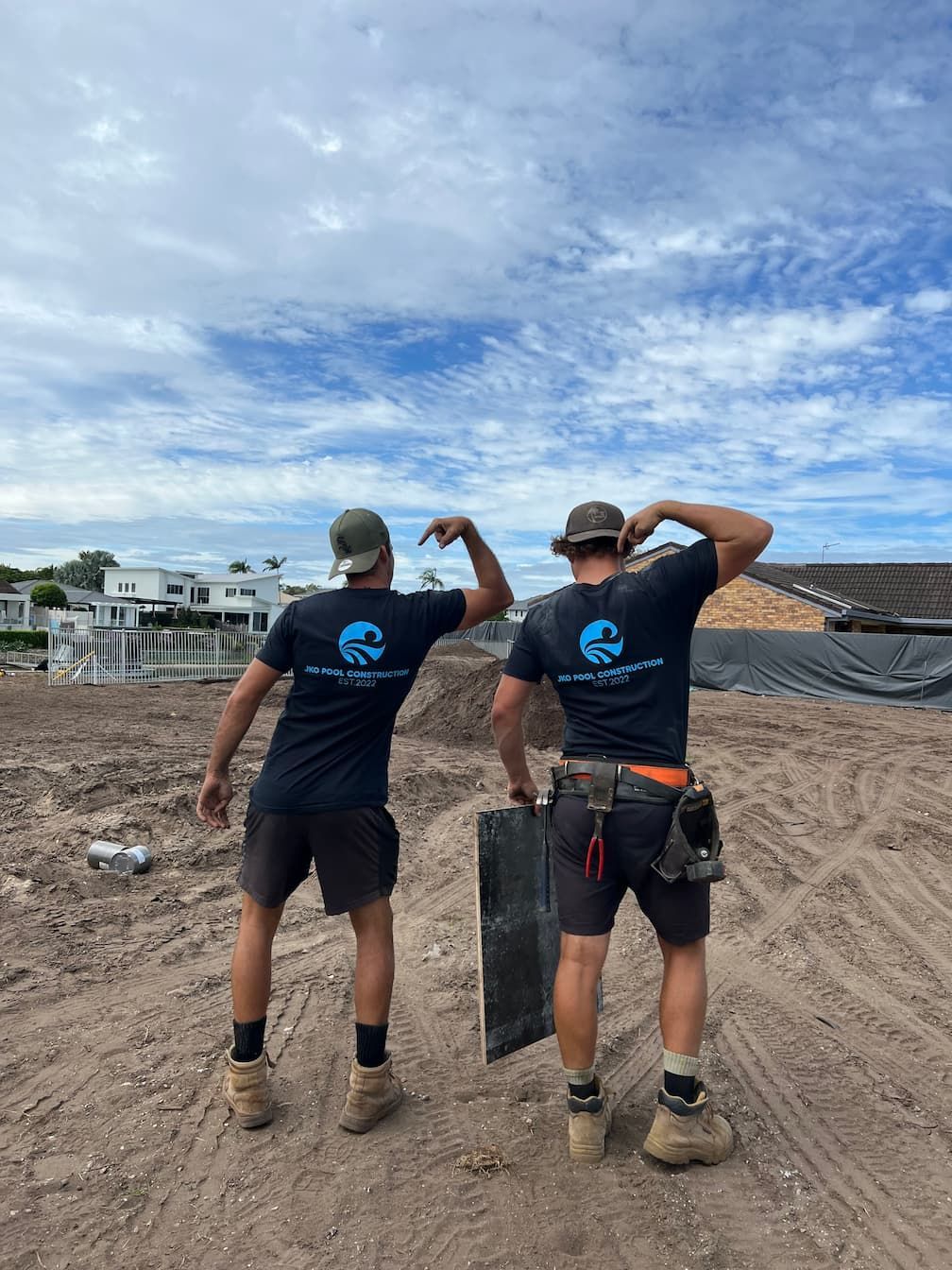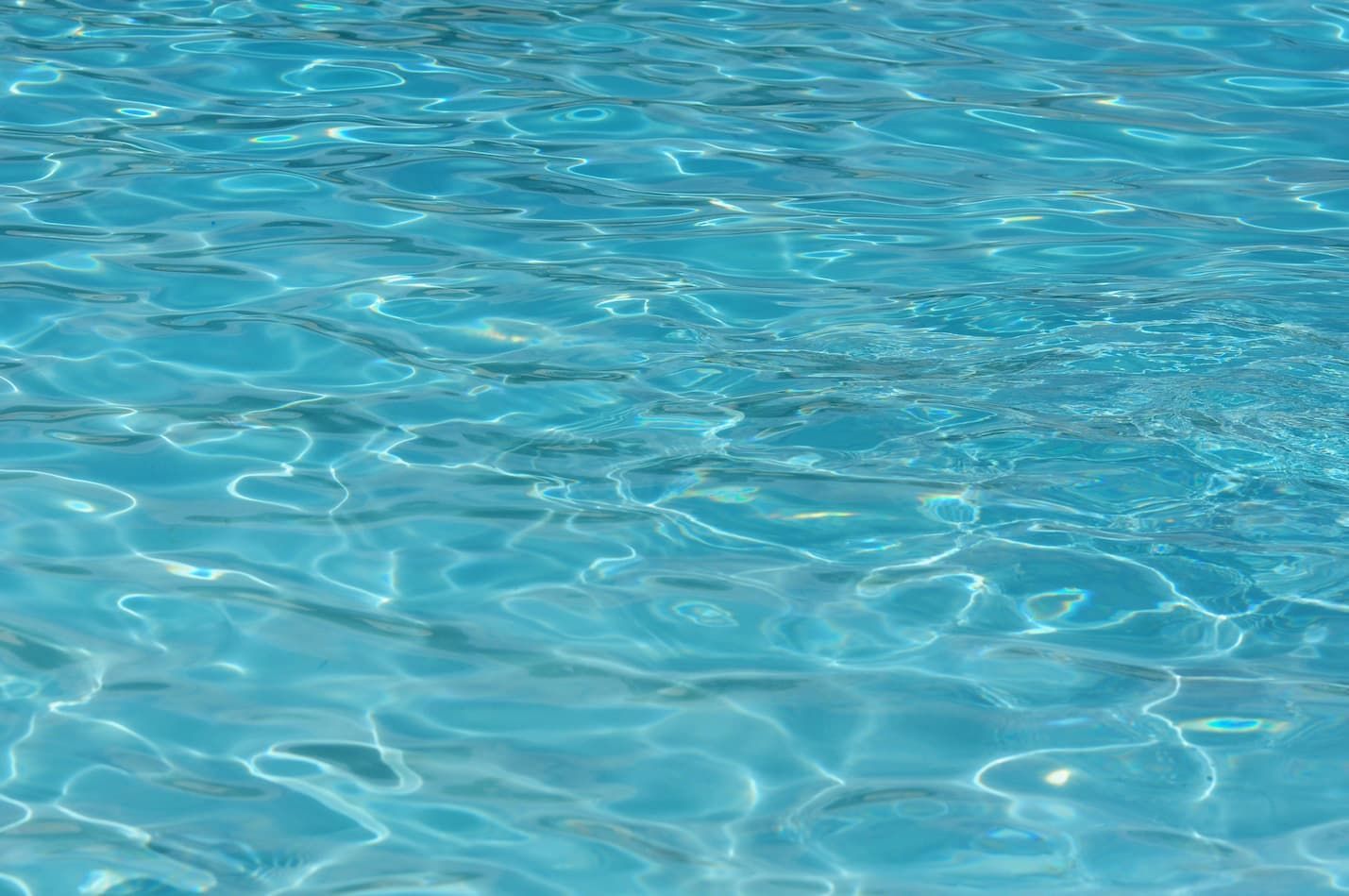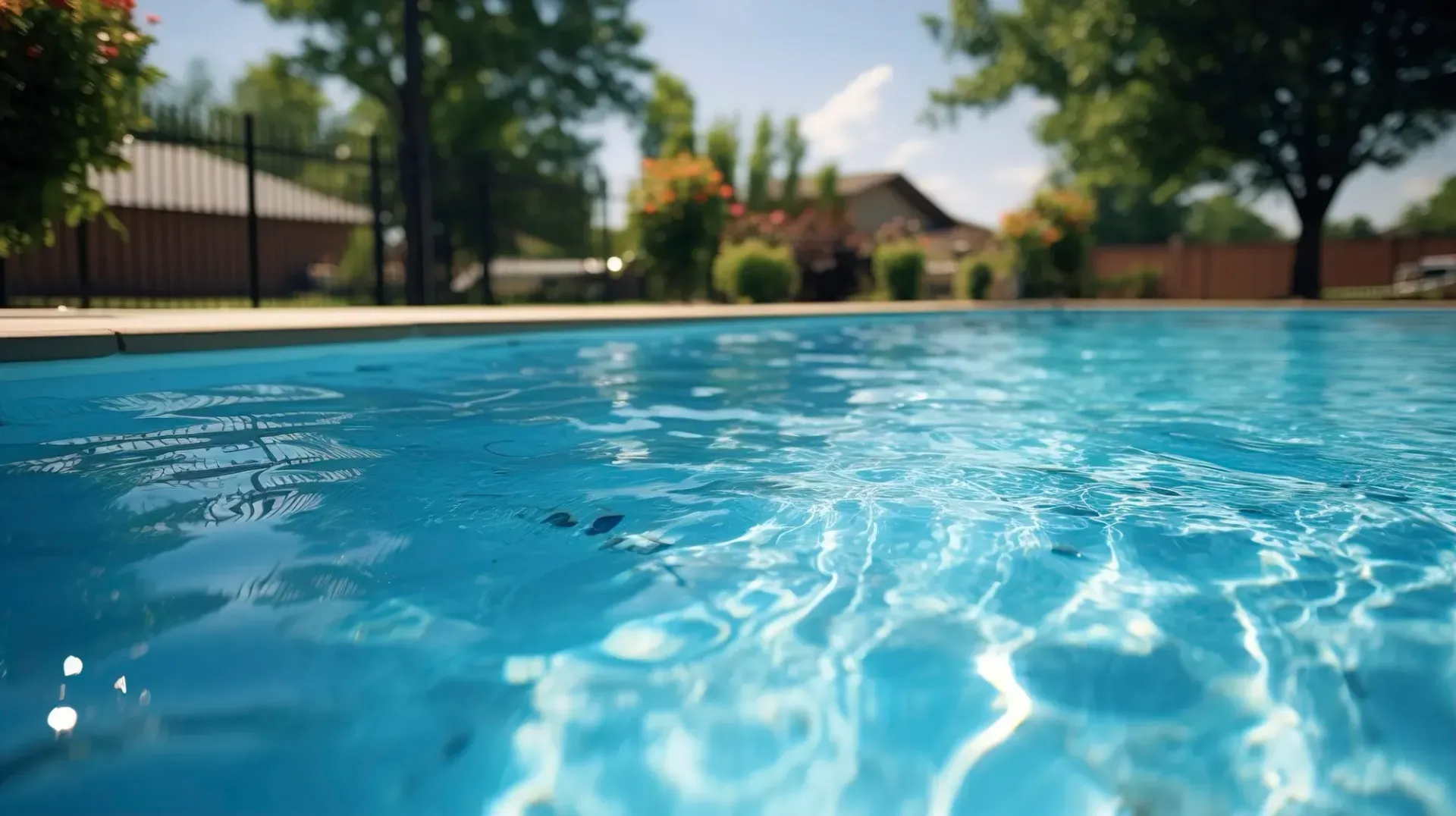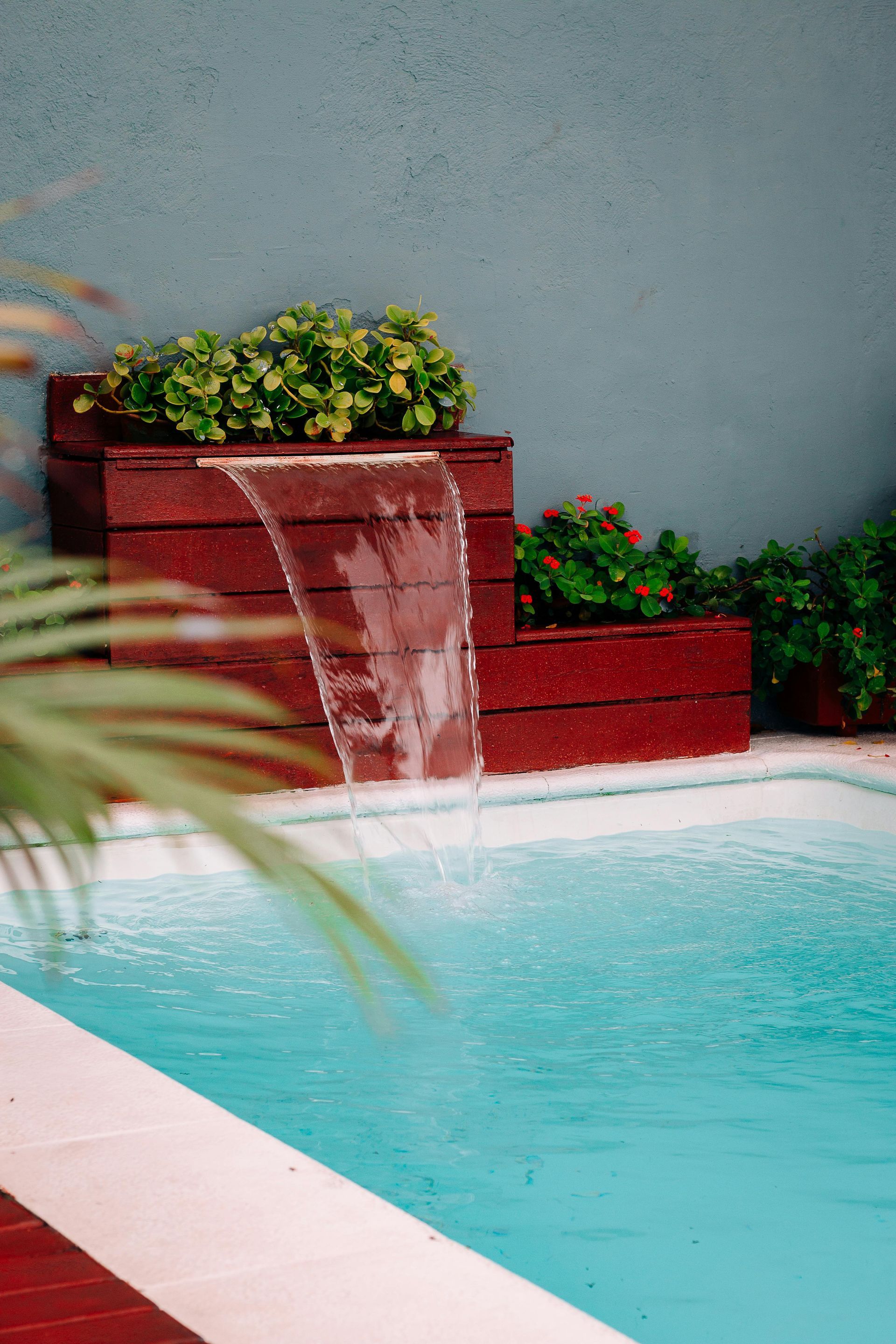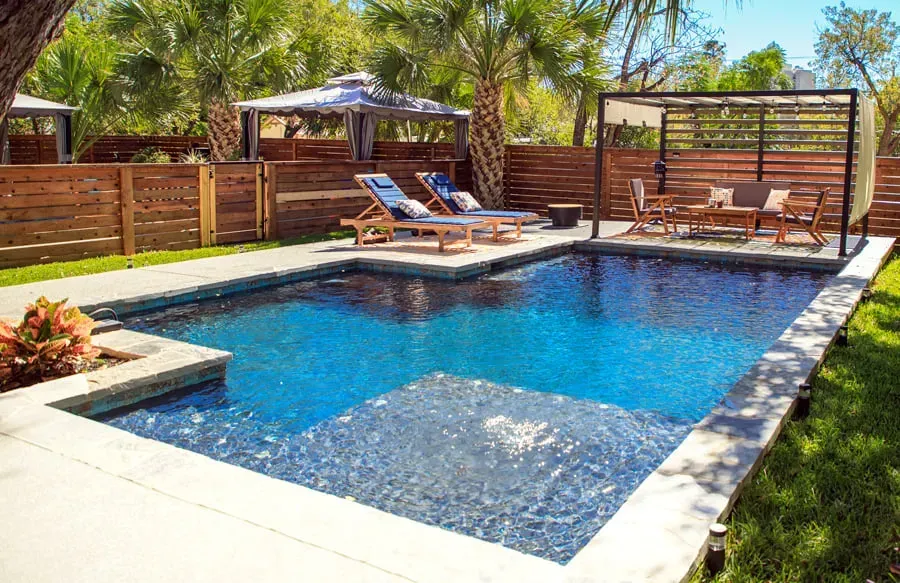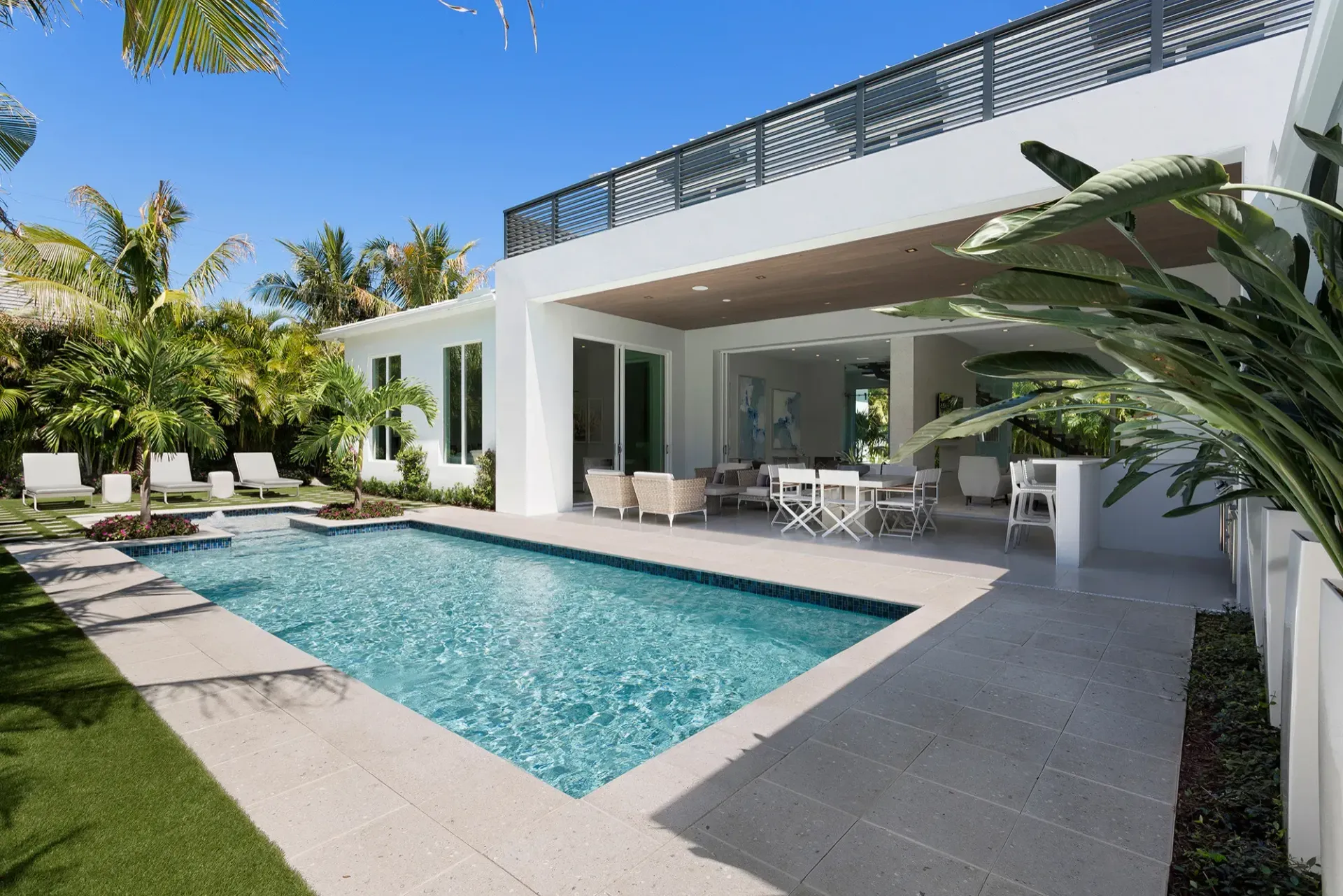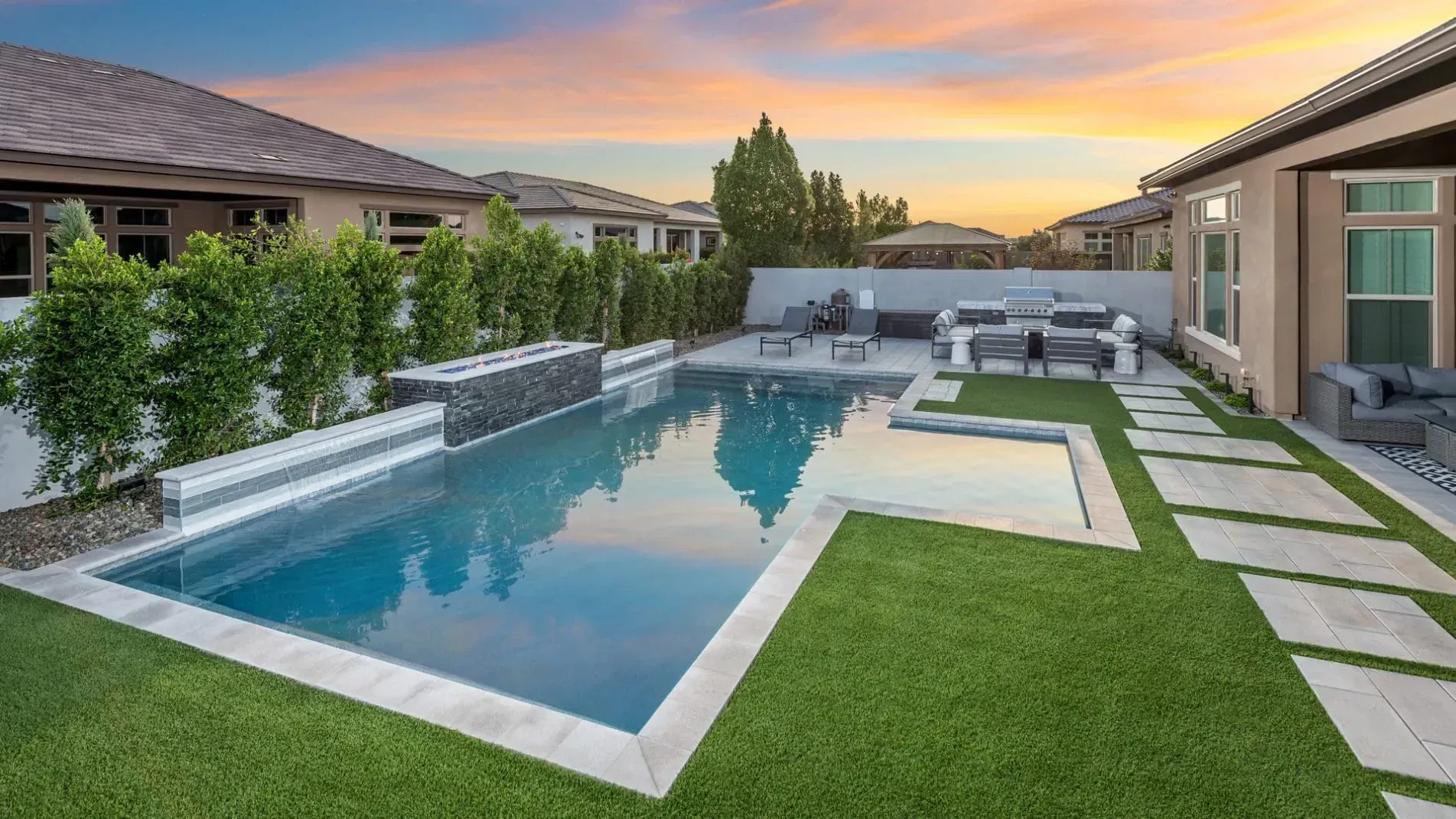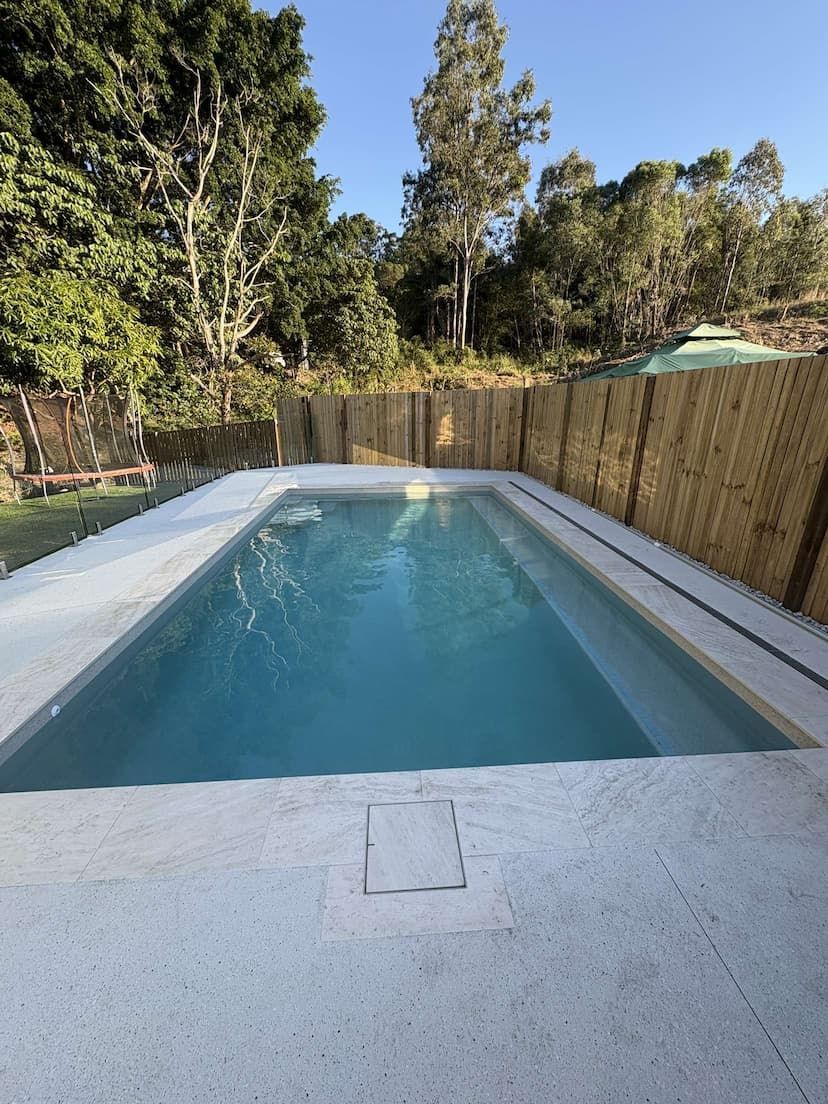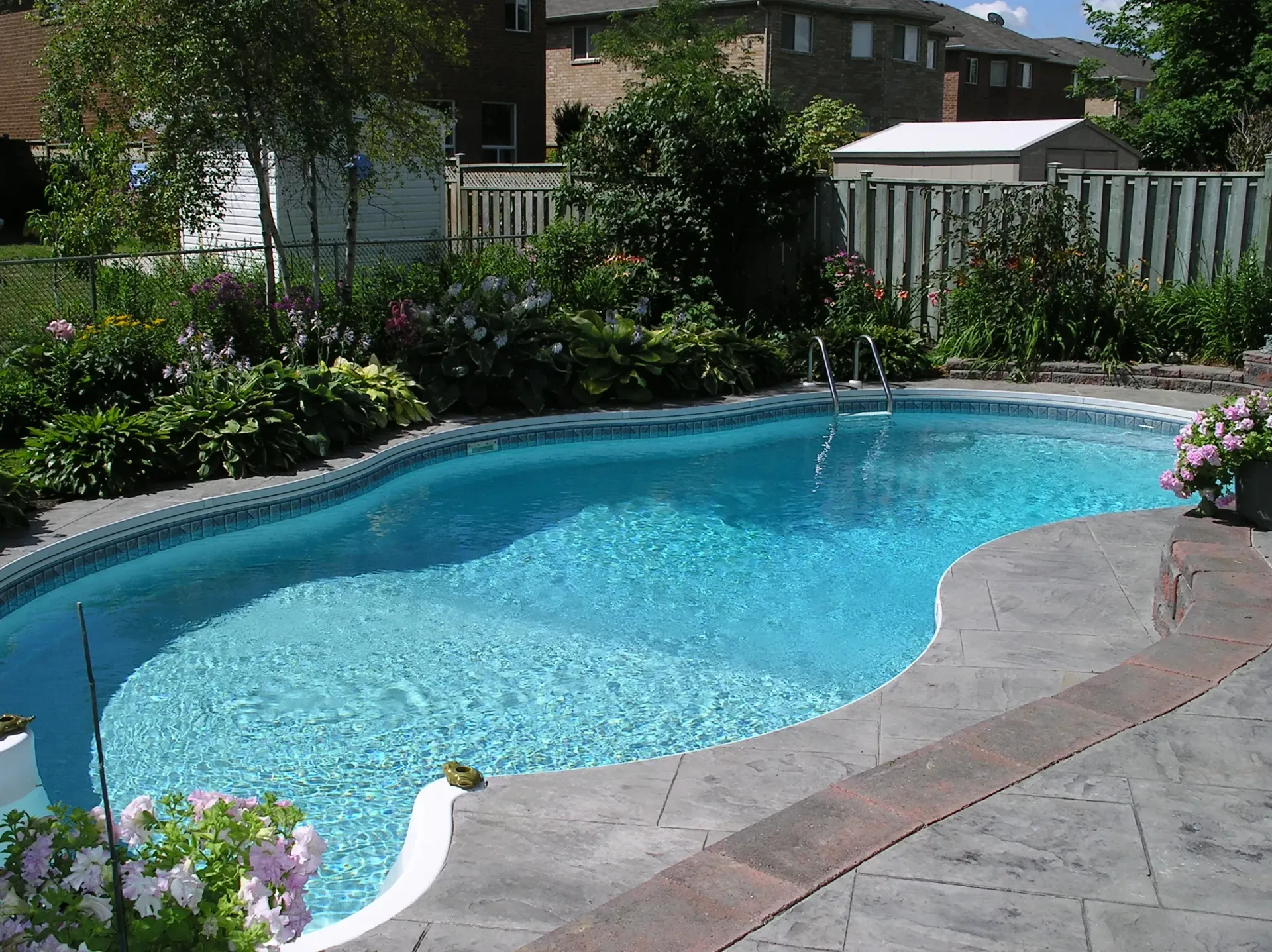Concrete vs Fibreglass Pools
Choosing the right swimming pool is one of the biggest decisions a homeowner can make. A pool isn’t just a place to cool off – it’s a long-term investment that adds value to your home, brings people together, and creates years of enjoyment. The two most common choices are concrete pools and fibreglass pools. While each option has its benefits, when it comes to durability, design flexibility, and long-term value, concrete pools come out on top.
In this blog, we’ll take a detailed look at the pros and cons of both pool types, before explaining why concrete pools are the ultimate choice for most homeowners.
The Basics of Concrete Pools
Concrete pools are built on site using reinforced steel and concrete, then finished with options such as tiles, plaster, or pebblecrete. Because they are custom-built, no two concrete pools are ever the same.
Advantages of Concrete Pools
- Unlimited design options – You can create any shape, size, or depth. Whether you want a plunge pool, infinity edge, lap pool, or something completely unique, concrete can do it.
- Durability – Properly built concrete pools last decades, often 30–40 years or more with good care.
- Premium finishes – From tiled interiors to natural stone surrounds, the finish on a concrete pool can be as high-end as you want.
- Adds significant property value – Buyers recognise the long lifespan and custom appeal of concrete pools.
- Ideal for sloping or difficult blocks – Builders can adapt the structure to fit almost any landscape challenge.
Disadvantages of Concrete Pools
- Longer installation – Expect 3–6 months for a complete build compared to the quick install of fibreglass.
- Higher initial cost – A concrete pool is usually more expensive upfront, reflecting the labour and materials required.
- Maintenance – Concrete surfaces can attract algae more easily and may need resurfacing every 10–15 years.
The Basics of Fibreglass Pools
Fibreglass pools are prefabricated shells manufactured in a factory, delivered by truck, and craned into the ground. They come in a range of set designs and sizes.
Advantages of Fibreglass Pools
- Quick installation – Often installed in 1–3 weeks once the site is prepared.
- Smooth surface – The gelcoat finish resists algae growth, making cleaning easier.
- Lower initial cost – In many cases, fibreglass pools cost less than concrete pools.
- Comfort underfoot – The smooth surface feels gentle when swimming.
Disadvantages of Fibreglass Pools
- Limited design choices – You’re restricted to factory-made shapes and sizes. If your backyard doesn’t suit, your options are limited.
- Size restrictions – Fibreglass pools rarely exceed 4 metres in width or 12 metres in length because of transport limitations.
- Durability concerns – The gelcoat surface can fade or blister (osmosis) over time, and repairs are noticeable. Lifespan is typically 15–20 years.
- Installation limitations – Difficult or sloping sites can make crane delivery impractical or very expensive.
- Less resale appeal – Buyers may see fibreglass as a shorter-term solution.
Comparing Lifespan & Durability
When investing in a pool, you want something that lasts. Concrete pools, if maintained, are essentially permanent structures. Many are still in use 40 years after being built. Even if the surface finish needs refreshing, the underlying structure remains solid.
Fibreglass pools, on the other hand, have a shorter expected life. The gelcoat finish eventually wears, often requiring a costly replacement or complete shell replacement. For families looking for something that stands the test of time, concrete is clearly the stronger choice.
Design Flexibility
Design is one of the biggest differences between the two options.
- Concrete pools allow for endless creativity. Want a pool that curves around your entertaining area? A vanishing edge that merges with the horizon? A depth that transitions from shallow play zones to diving depths? With concrete, anything is possible.
- Fibreglass pools restrict homeowners to predetermined moulds. While some designs look modern and appealing, they can’t cater for truly custom needs. For example, if you want a lap pool longer than 12 metres, fibreglass simply isn’t an option.
Installation Time & Costs
This is where fibreglass often appeals. Because the shell is prefabricated, installation is fast. For homeowners eager to be swimming within a month, fibreglass looks attractive.
Concrete pools take longer, with construction times averaging 3–6 months. However, this extended process comes with greater control and a higher-end result.
In terms of cost:
- Fibreglass pools generally start cheaper, though add-ons such as landscaping, fencing, and decking can quickly raise the final figure.
- Concrete pools are more expensive upfront, but the custom design, durability, and long-term property value offset the cost.
Maintenance & Resurfacing
Maintenance is an important factor for any pool owner.
- Fibreglass pools have a smooth gelcoat finish, making them relatively resistant to algae and easier to clean. However, once the surface begins to break down, resurfacing is expensive and difficult to match.
- Concrete pools do require more regular brushing to keep algae at bay, and eventually resurfacing is needed (usually every 10–15 years). The advantage is that resurfacing allows you to completely refresh the look of your pool with new colours or finishes.
Resale Value & Investment
When it comes to property value, concrete pools usually hold more appeal for buyers. A concrete pool is viewed as a permanent, high-end feature. Real estate agents often highlight concrete pools in listings, knowing they boost buyer interest.
Fibreglass pools, while convenient, don’t offer the same premium feel. Buyers may see them as lower-cost and shorter-term, which can limit resale appeal.
Which Pool Should You Choose?
If you want:
- Quick installation,
- Lower upfront cost, and
- A simple pool for straightforward sites,
then fibreglass may be a suitable option.
But if you want:
- A pool that lasts for decades,
- Total freedom in design,
- Premium finishes, and
- A strong boost to your property value
then concrete pools are by far the better investment.
Conclusion: Concrete Pools Reign Supreme
Both concrete and fibreglass pools have their place in the market. Fibreglass pools are quick, convenient, and budget-friendly. However, for homeowners who view their pool as a long-term feature and want a design that perfectly suits their lifestyle and property, concrete is the clear winner.
Yes, the initial cost and installation time are higher, but what you gain in durability, design freedom, and resale appeal makes concrete pools the superior choice. A concrete pool isn’t just a place to swim – it’s a statement of quality and a lasting investment in your home.
If you're looking to build a concrete pool on the Gold Coast or in Brisbane, get in touch today.
Written By Blake & Josh
With a combined 16 years of hands-on experience, we pride ourselves on delivering pools built to the highest standard.
